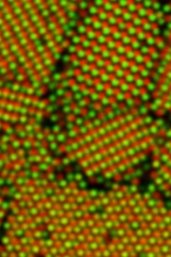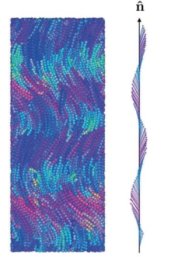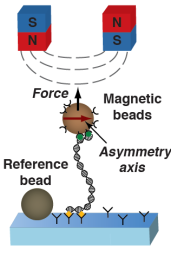Research
What is Soft Condensed Matter?

Soft matter and biomaterials are made up of complex fluids that can be easily deformed under the influence of external fields such as electromagnetic fields, mechanical stress, or gravity. Soft condensed matter comprises materials that one can find all around us – in foods and paints, in our bodies and other living organisms, and in modern technology. The nano-scaled constituents of these materials collectively assemble to create structures with length scales that are much larger than atomic or molecular dimensions, imbuing these systems with emergent properties. The open problems in soft condensed matter are of global importance, addressing sustainability, advanced technologies, and life sciences.
SCM&B research lines

The SCM&B group uses a range of experimental and theoretical tools to study soft and biological materials.
One line of research involves the synthesis of new colloidal particles that can be used as models for complex systems or for the study of catalytic reactions or luminescent materials. Inspiration for model systems are also drawn from biology.
In another line of research, we probe the characteristics of biological macromolecules to gain insights into their role in biological function. Self-assembly of nanostructured materials gives soft and biological systems their unique characteristics.
Experimental research

Important tools include polarizing, confocal, atomic force and electron microscopy, light scattering and spectroscopy, magnetic tweezers, and density functional theory Fluorescence and different electron microscopy techniques are also combined to obtain information at the highest possible resolution. We study the physics of these model systems to uncover ways to advance current technologies, such as photonic crystals, opto-electronic devices, and biomedical applications, as well as to explore biophysical phenomena. (prof. Alfons van Blaaderen, dr. Gerhard Blab, dr. Marijn van Huis, dr. A. Imhof, prof. Jan Lipfert, dr. Freddy Rabouw, dr. Lisa Tran).
Theoretical research
We additionally perform computer simulations and theory on soft matter systems and bring these insights together with experimental results to deepen our understanding (prof. Marjolein Dijkstra and dr. Laura Filion).

